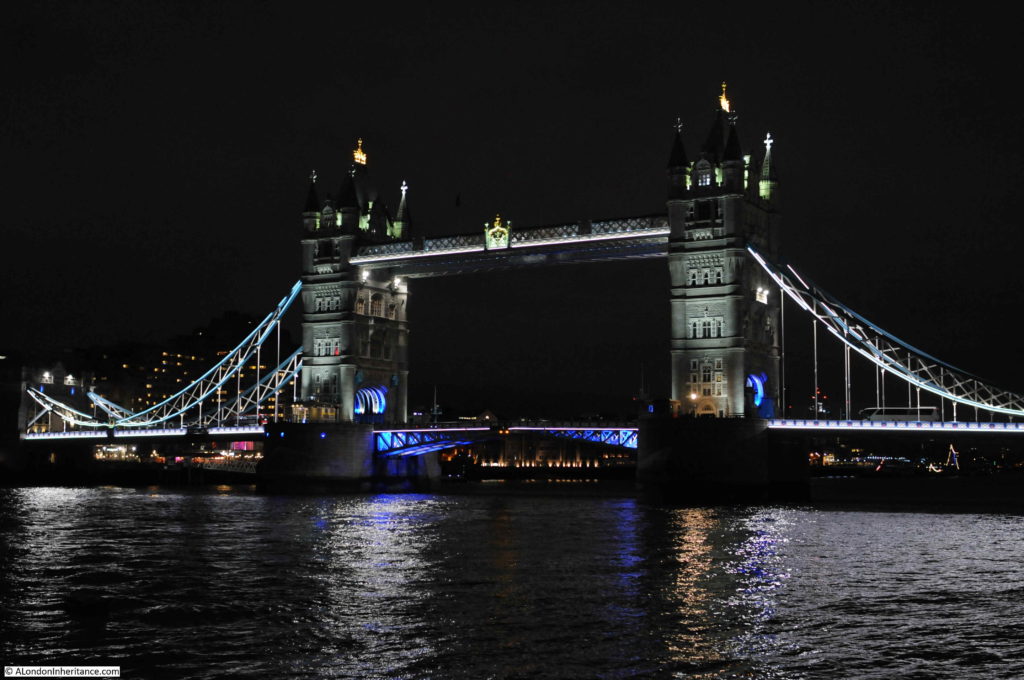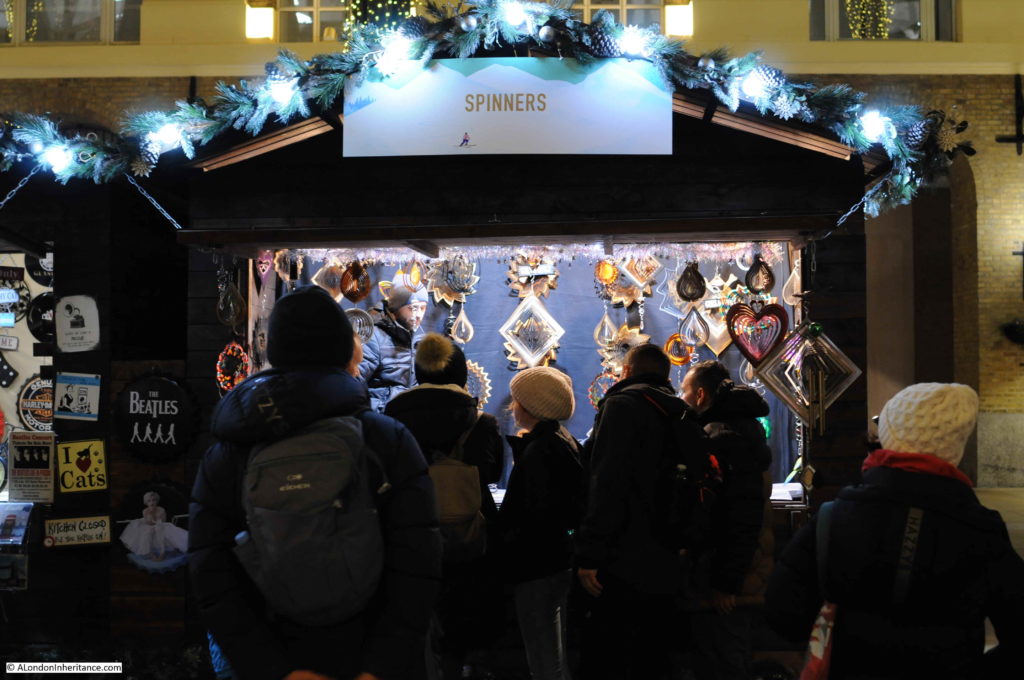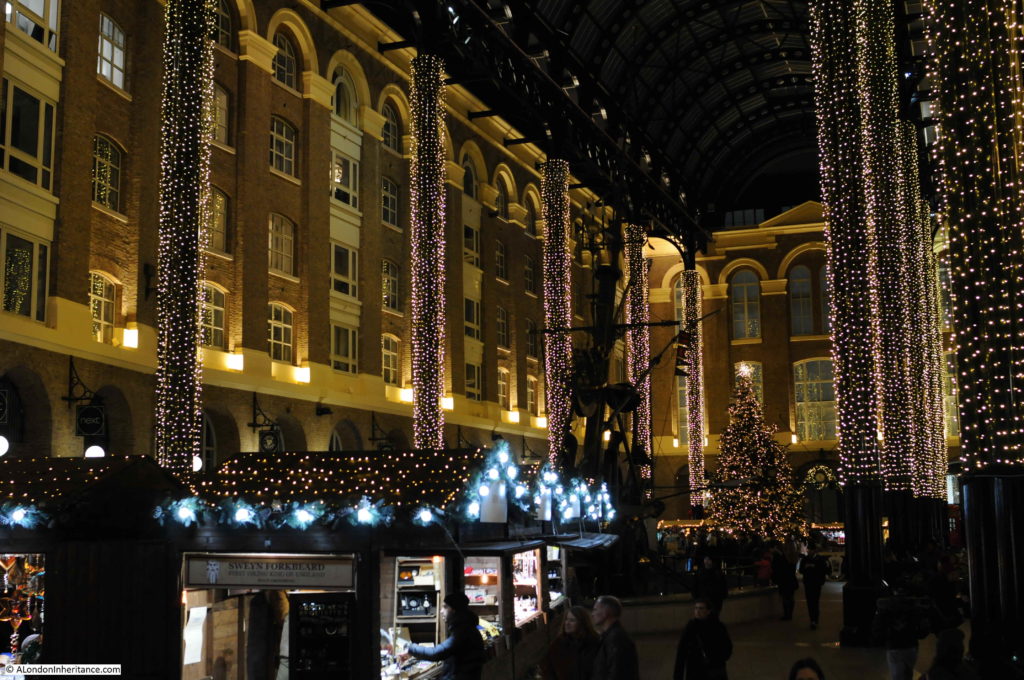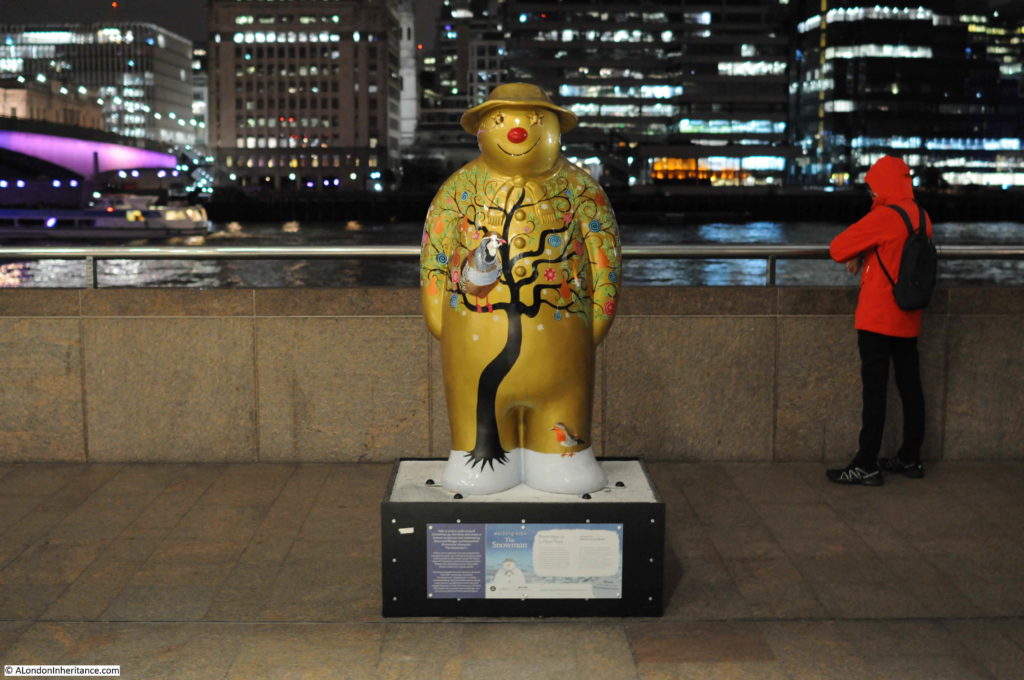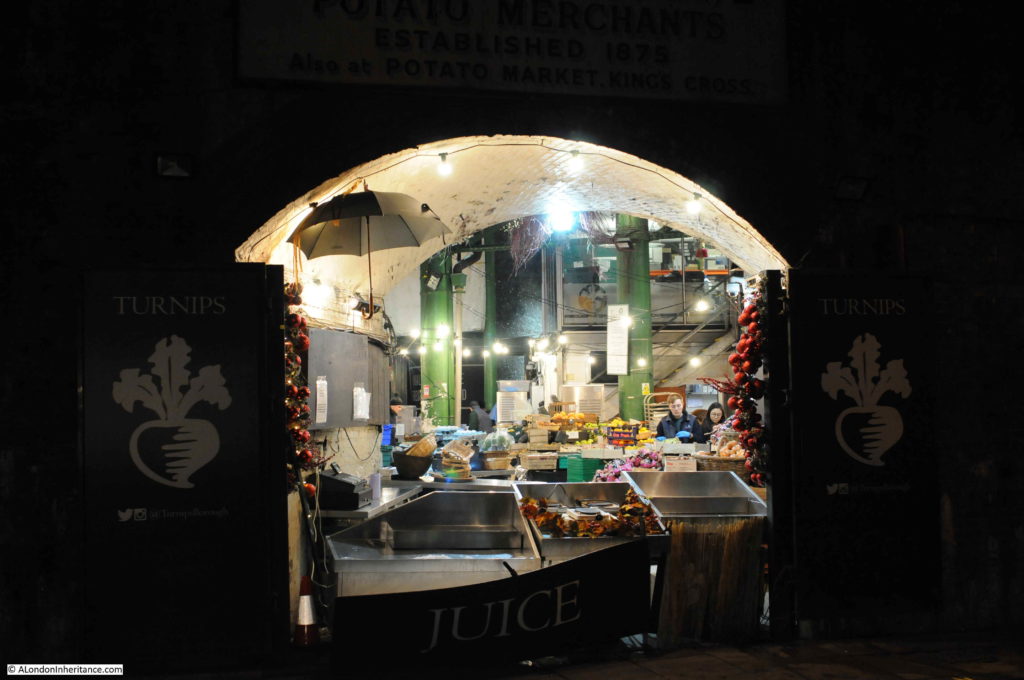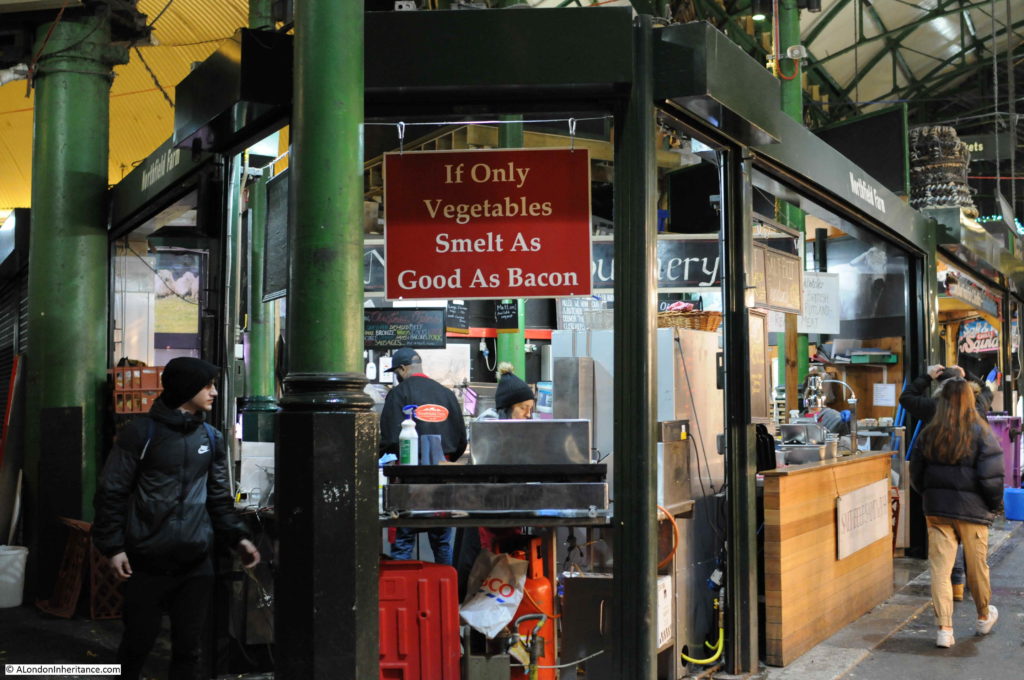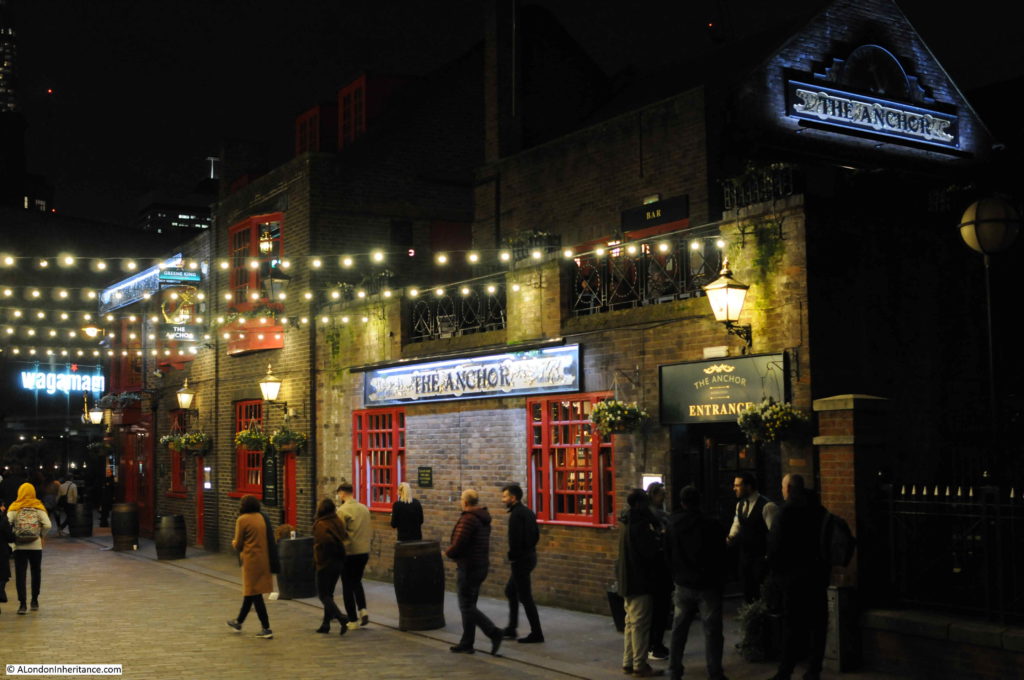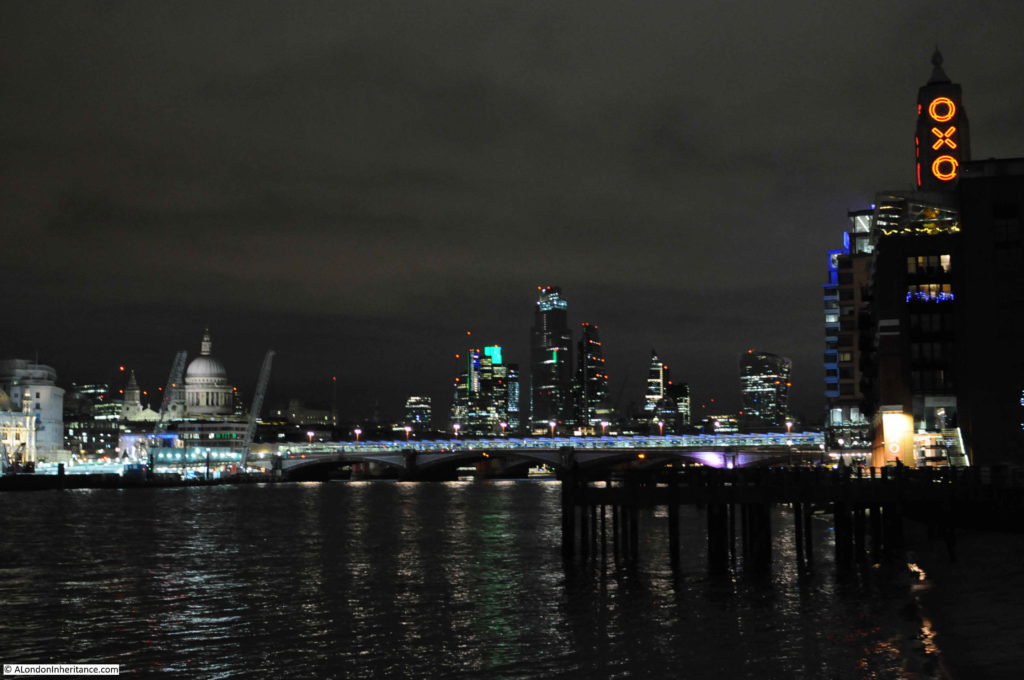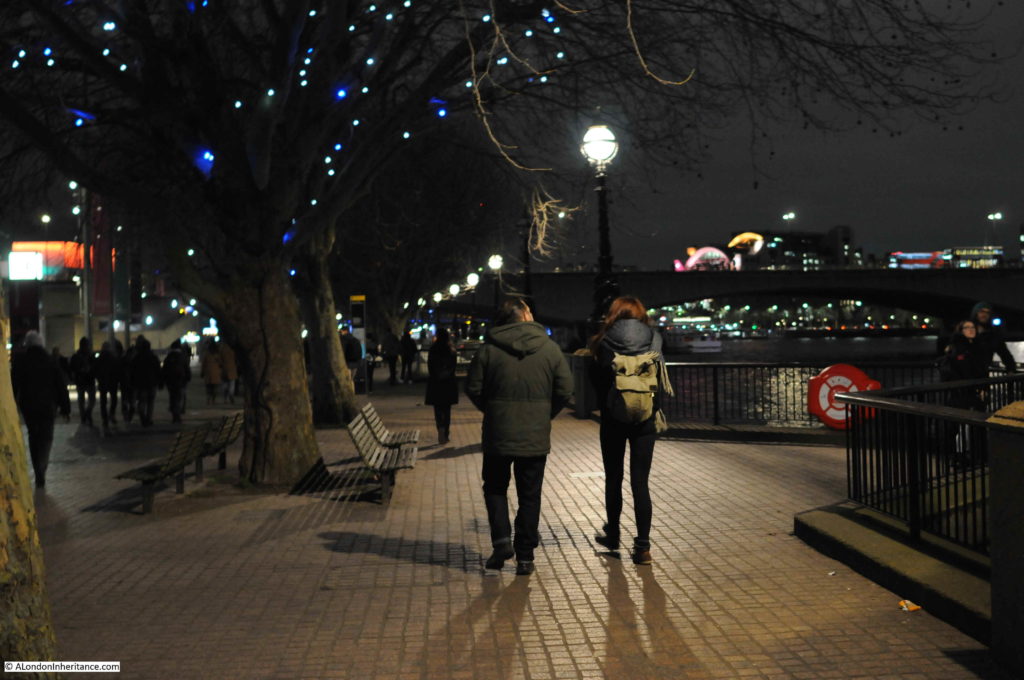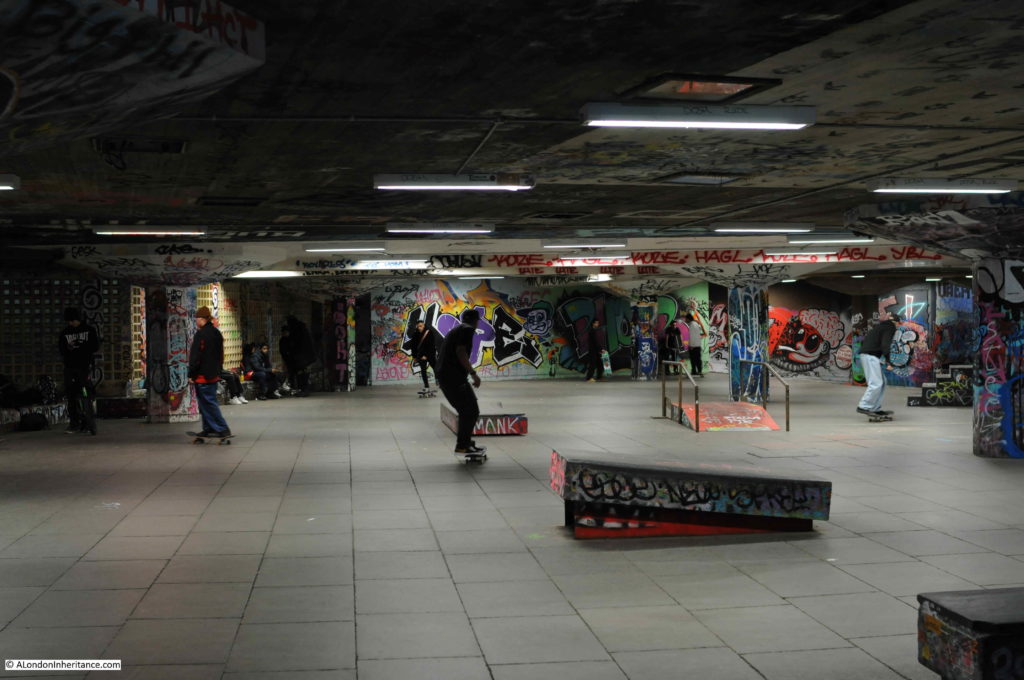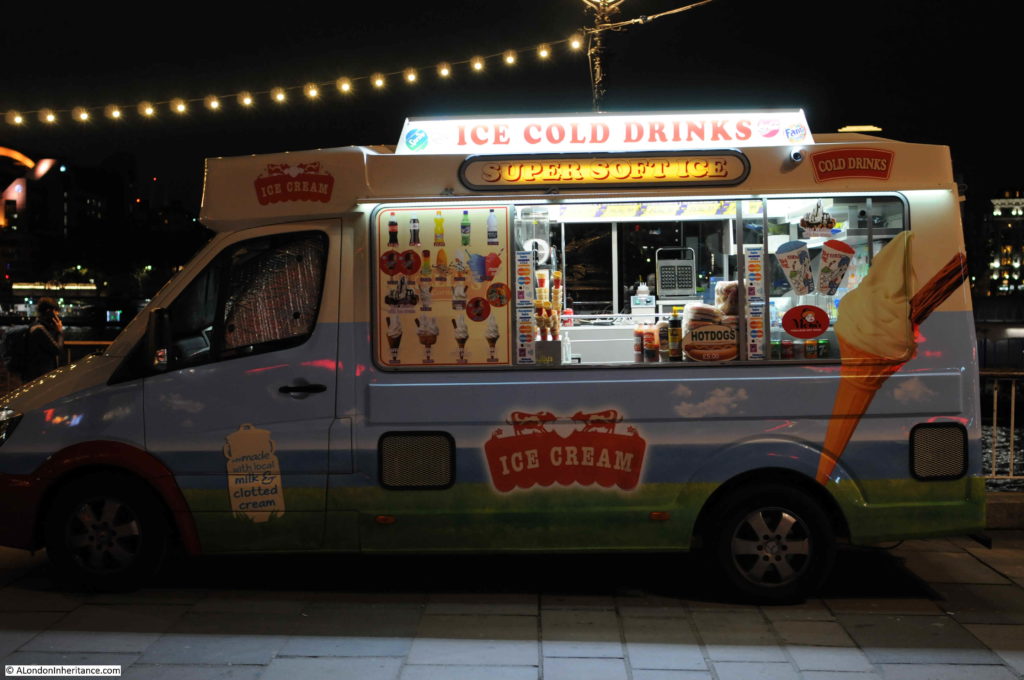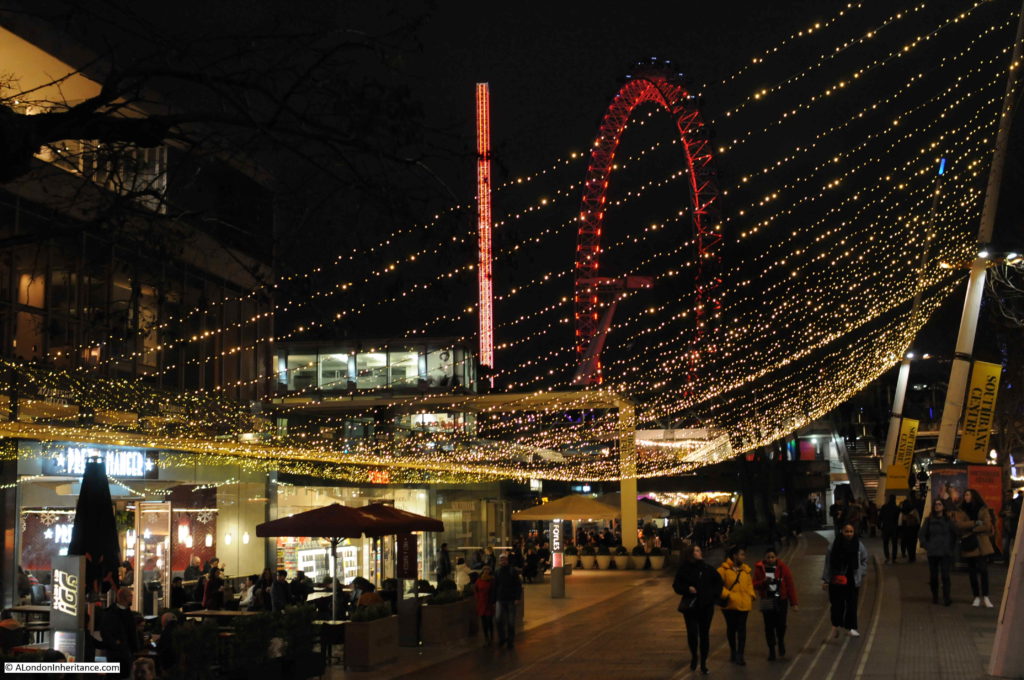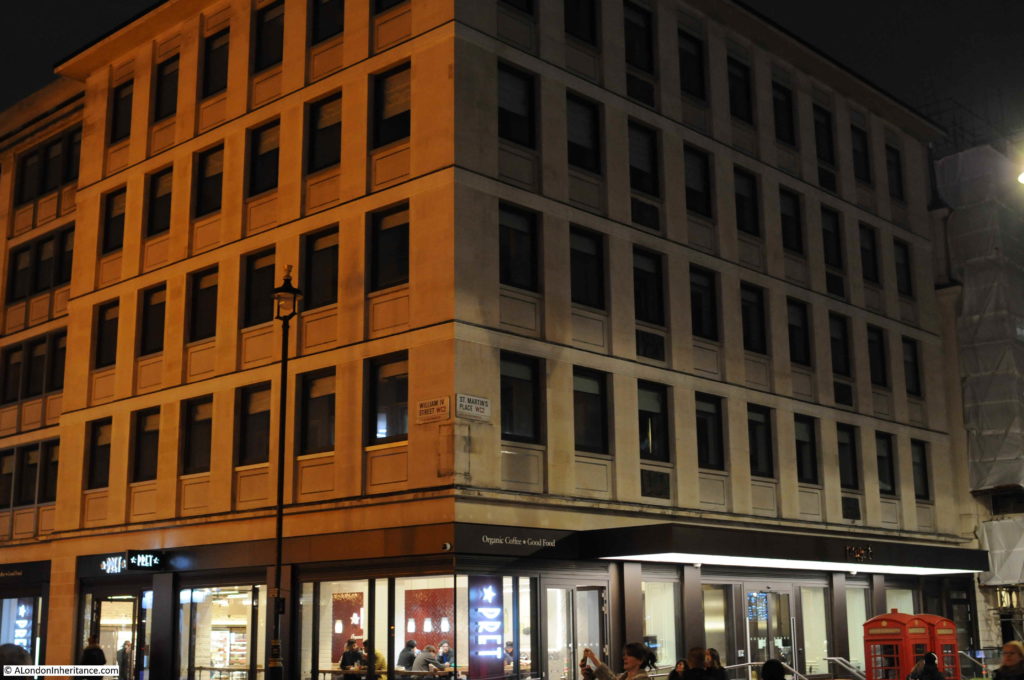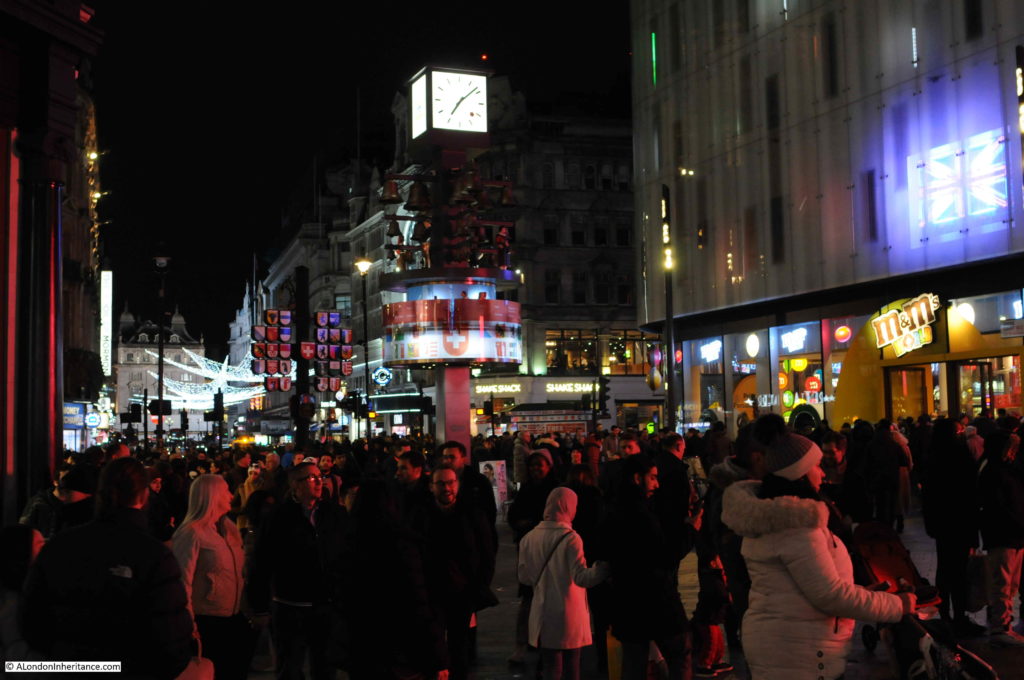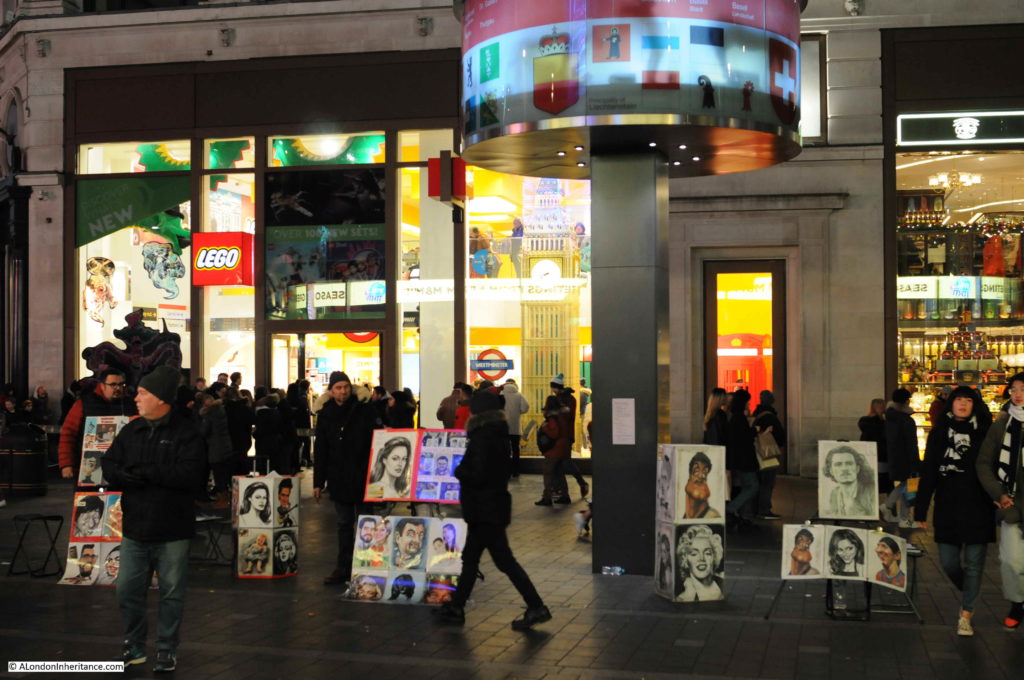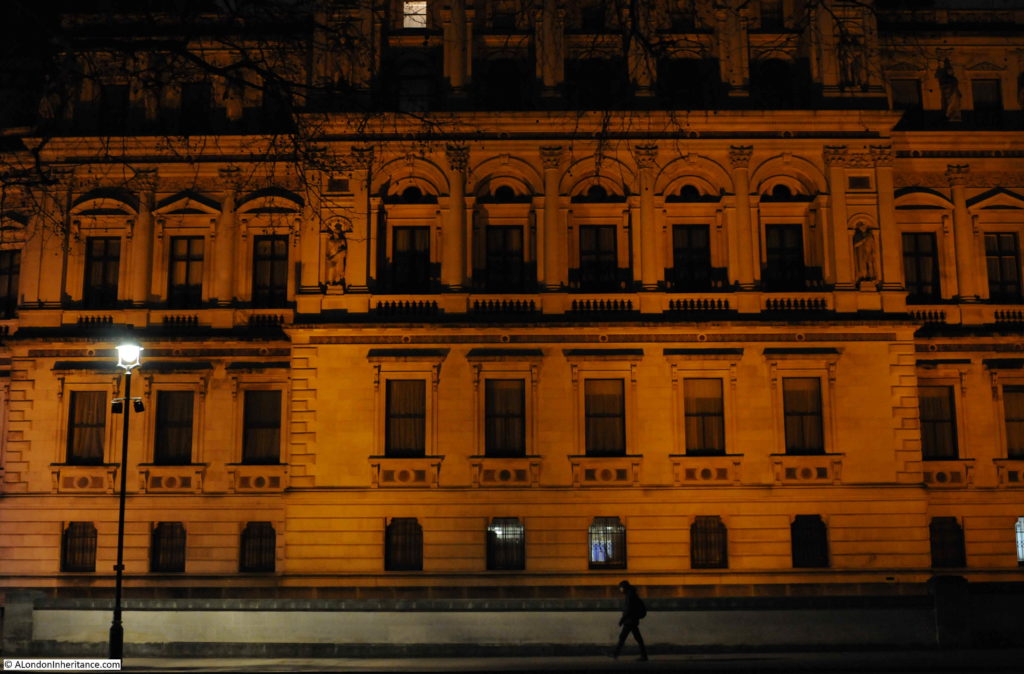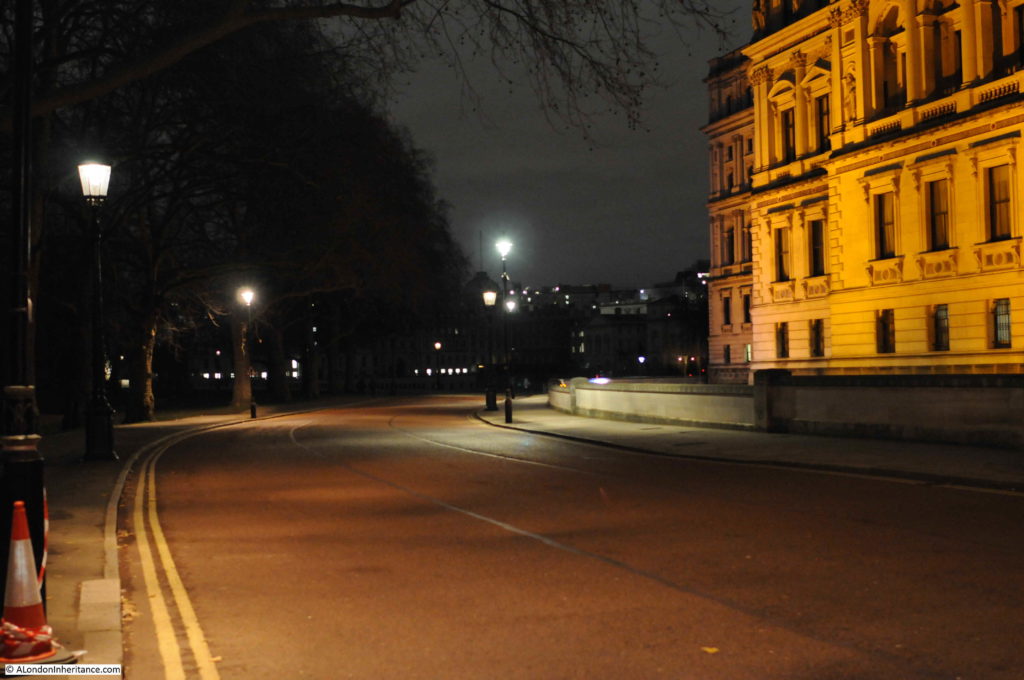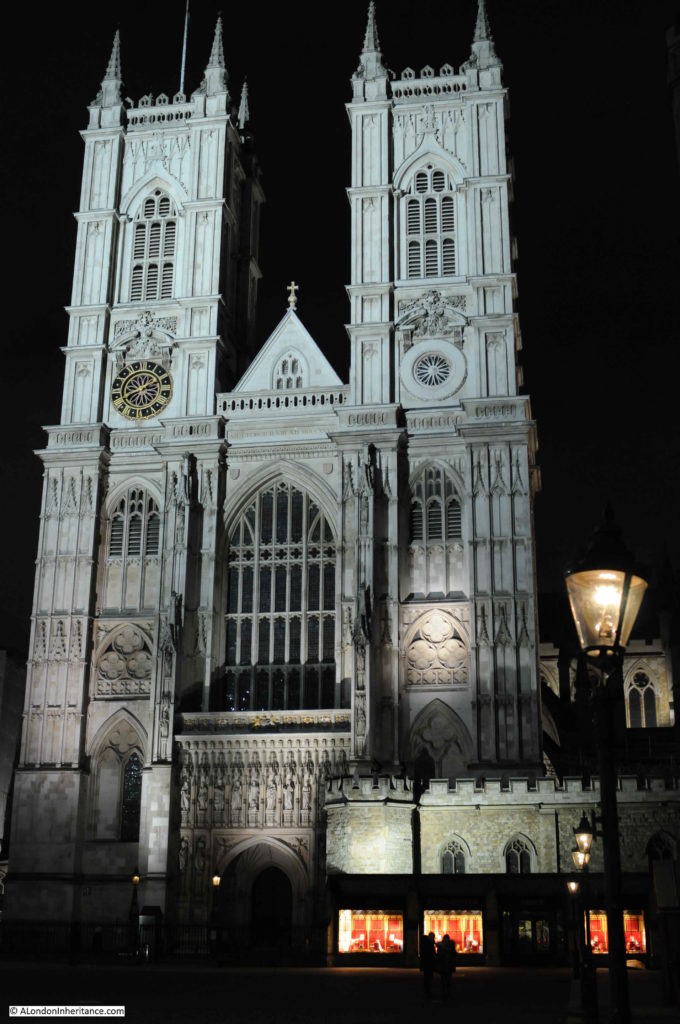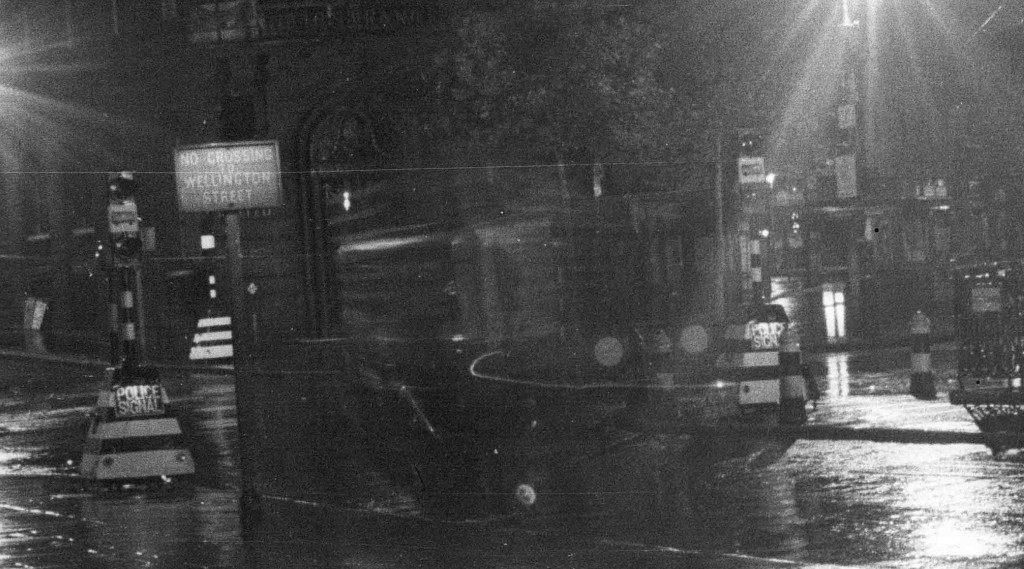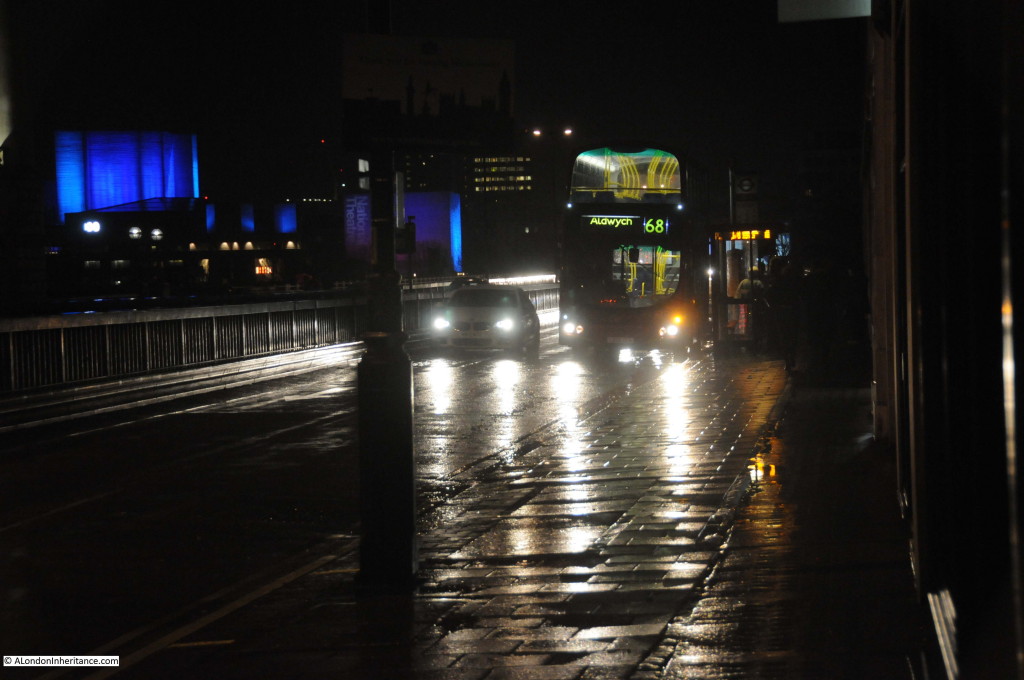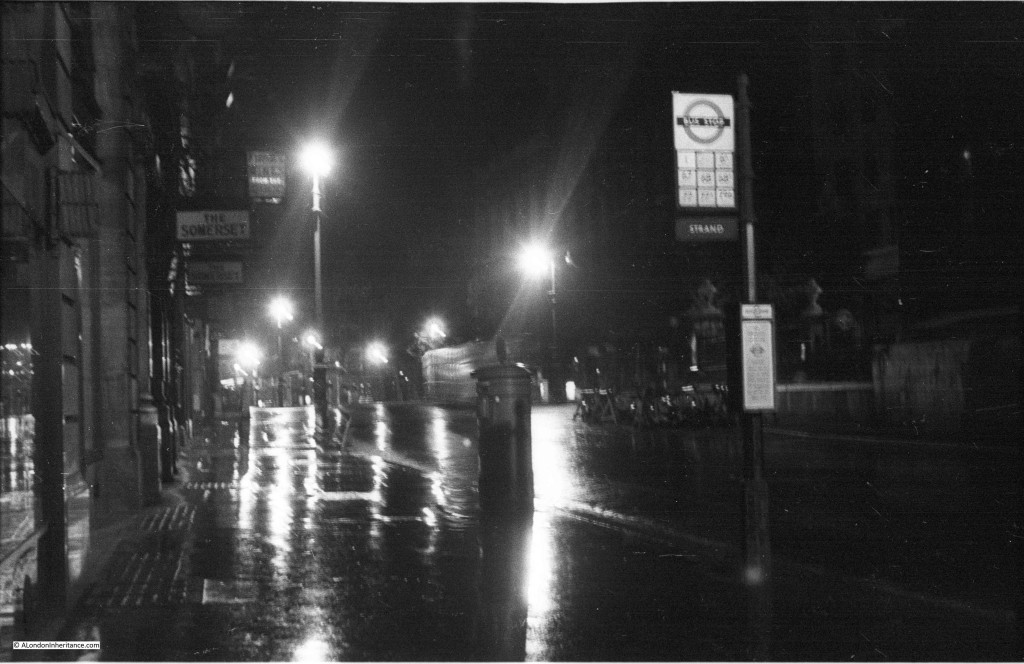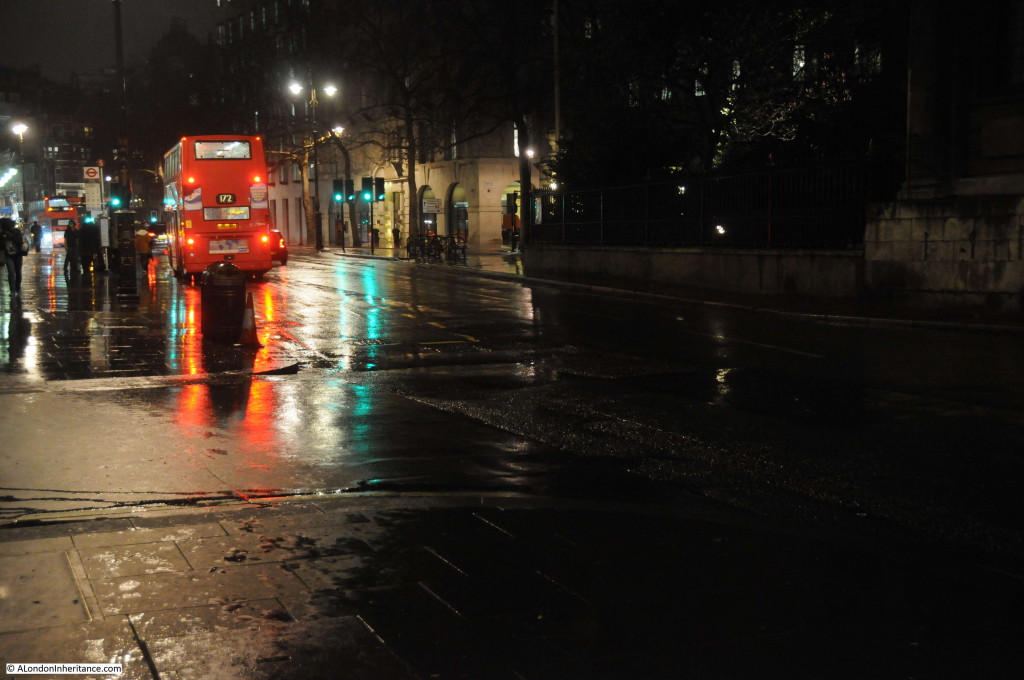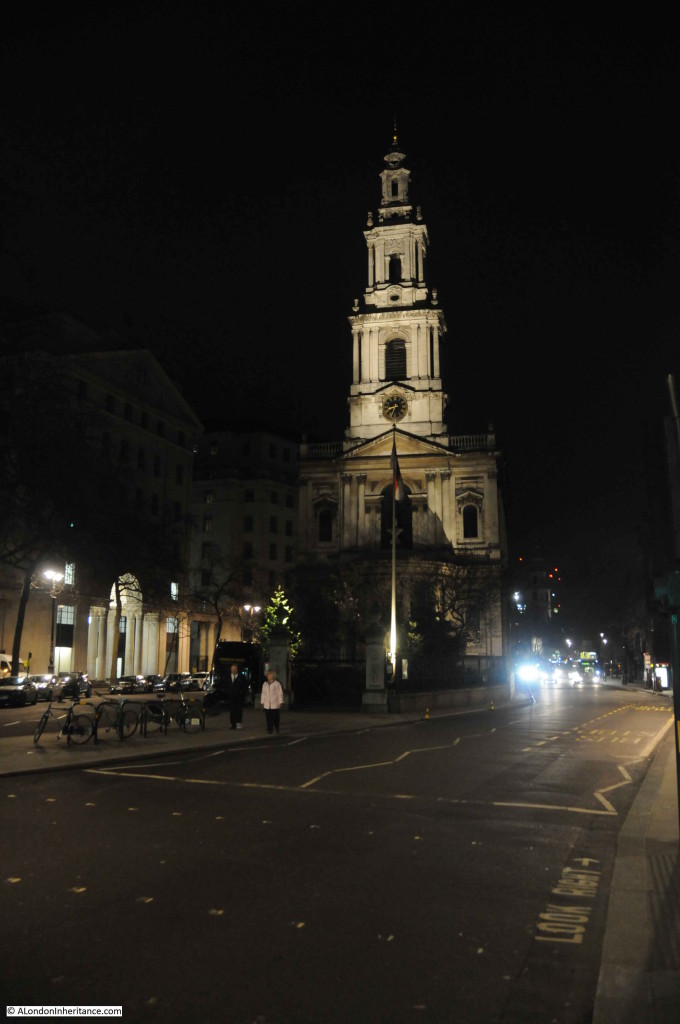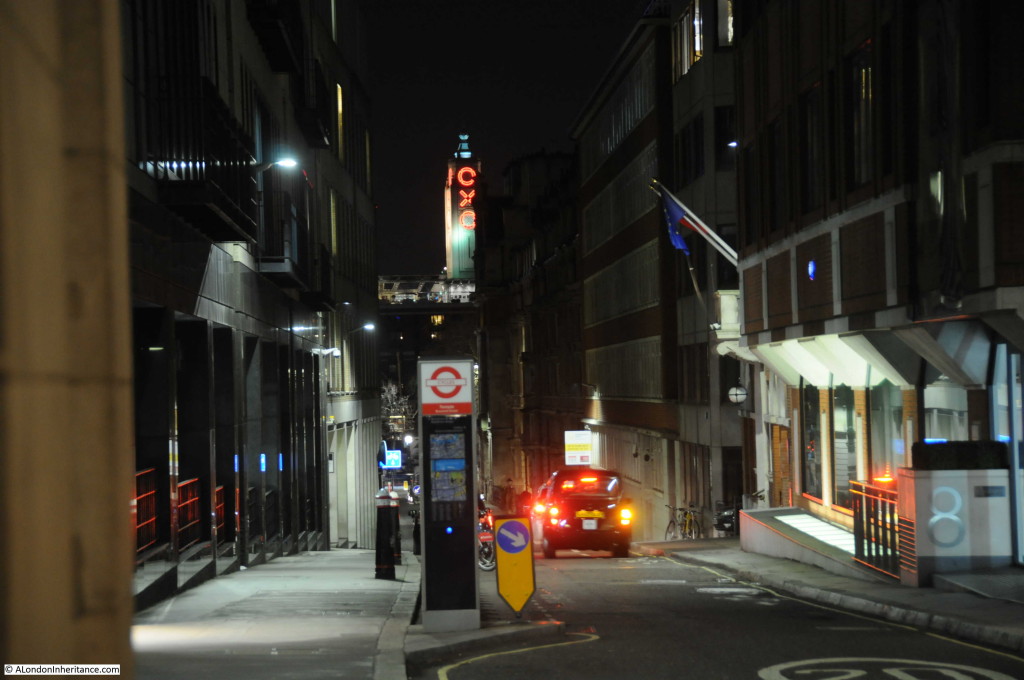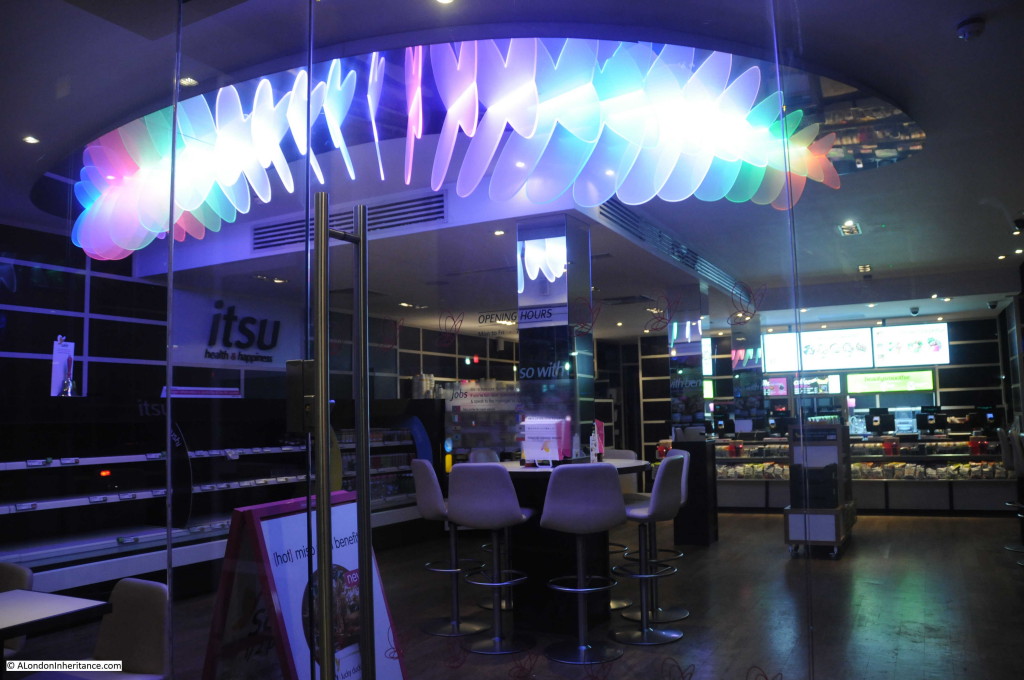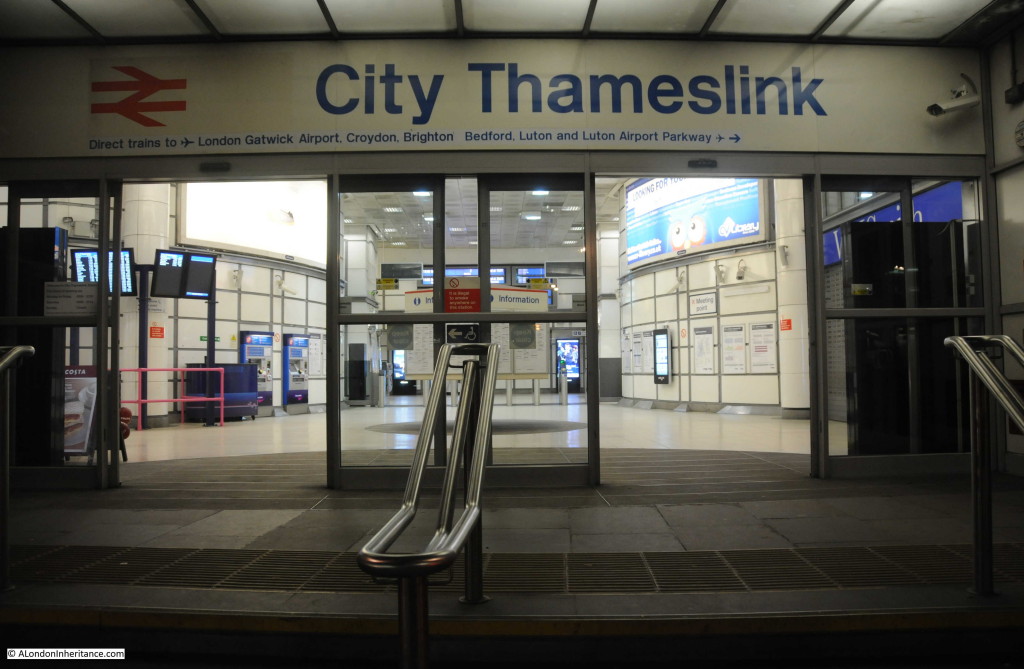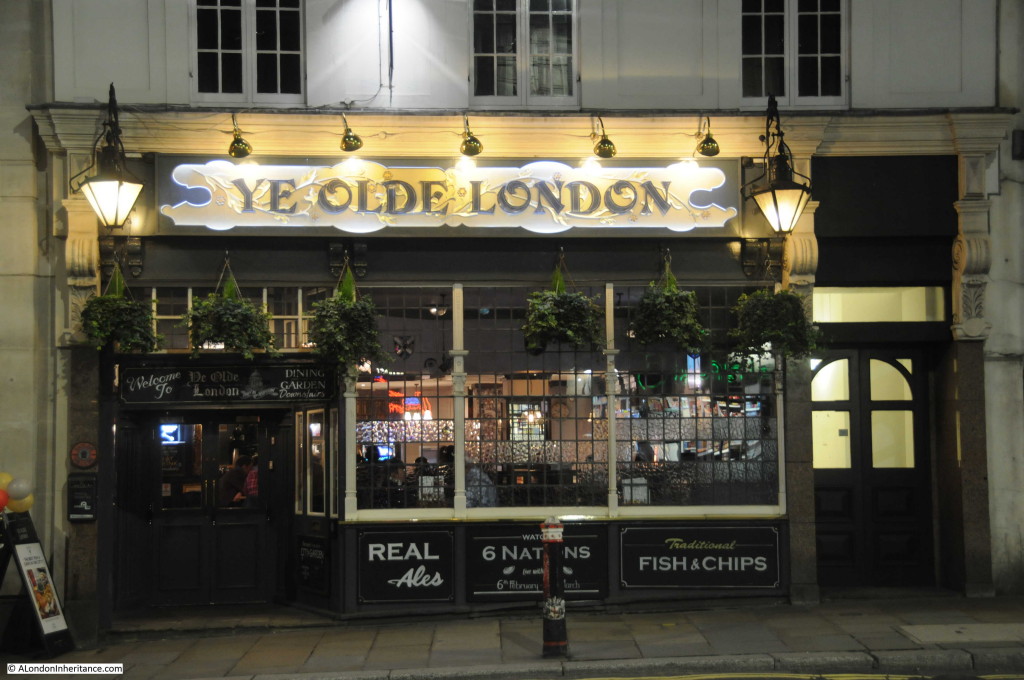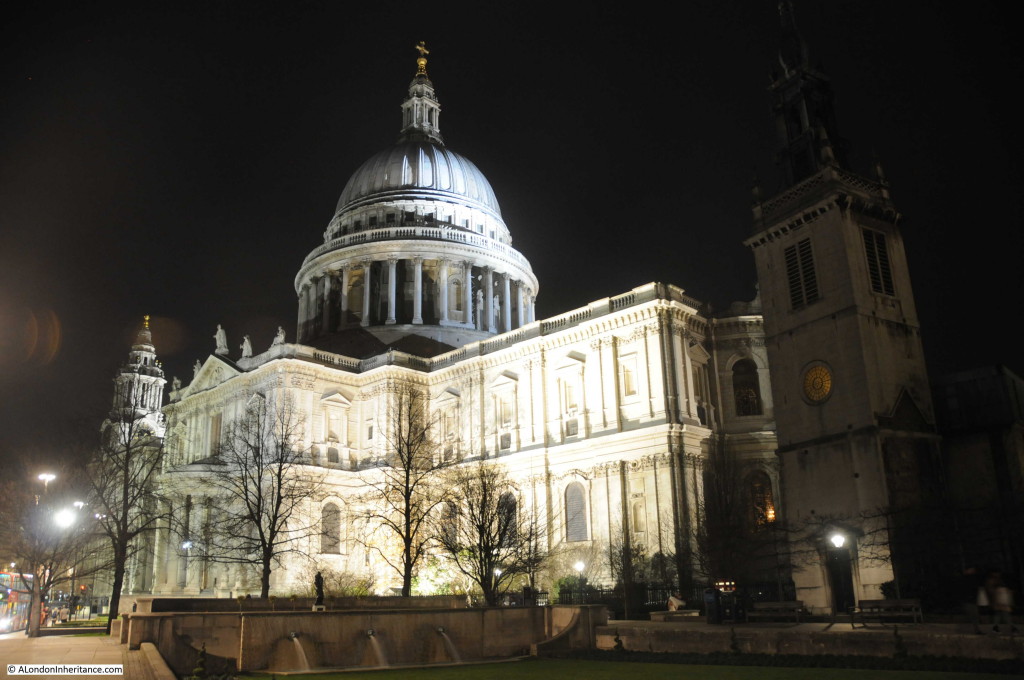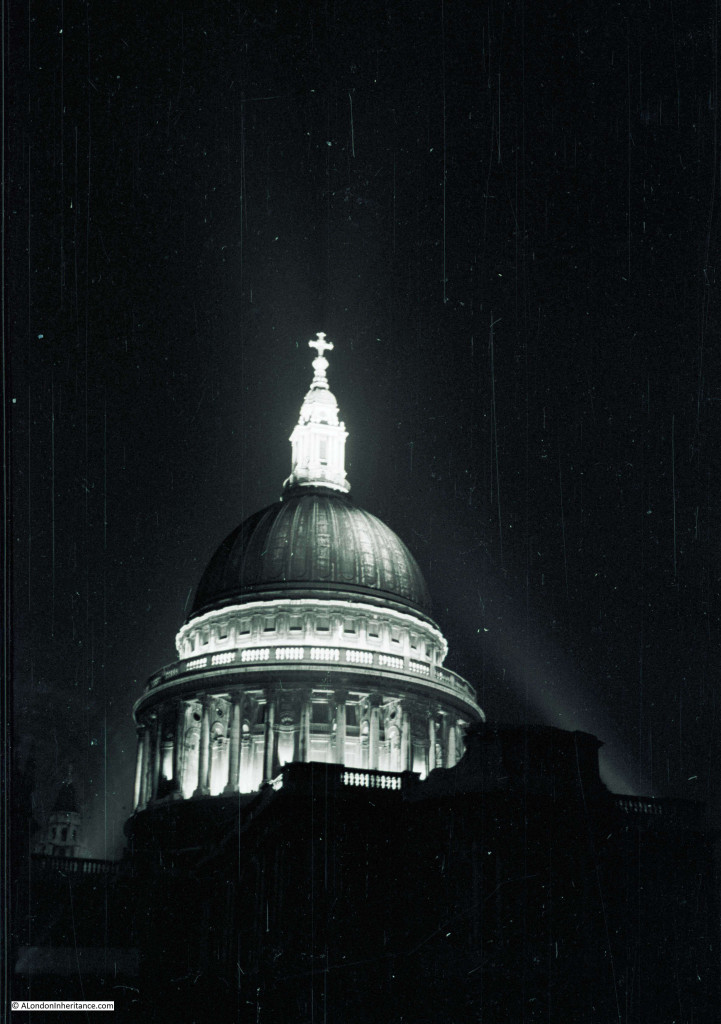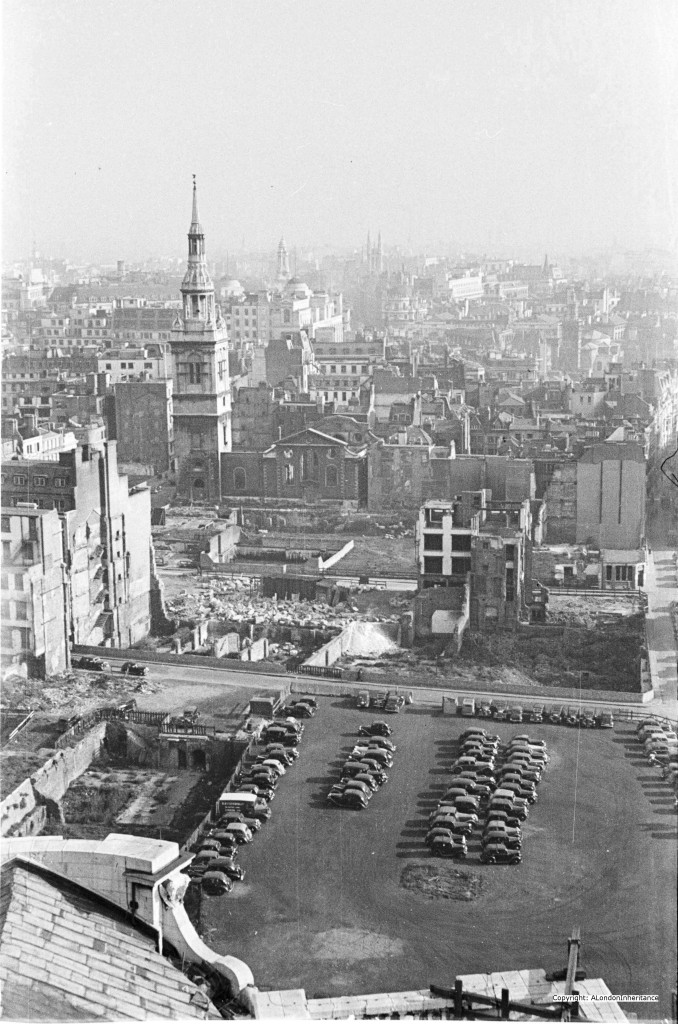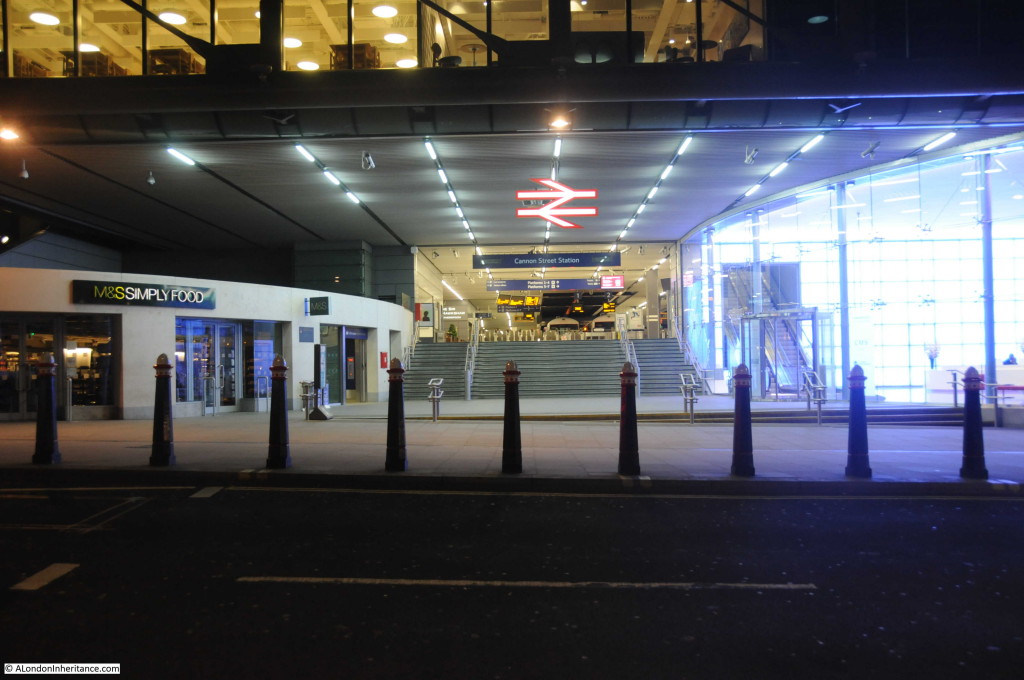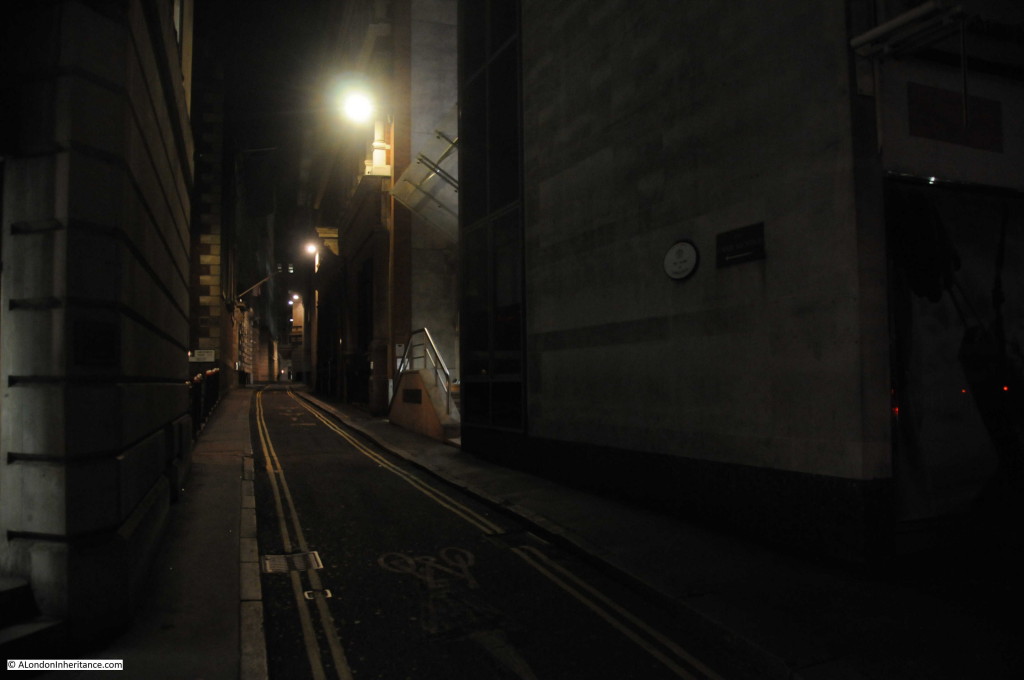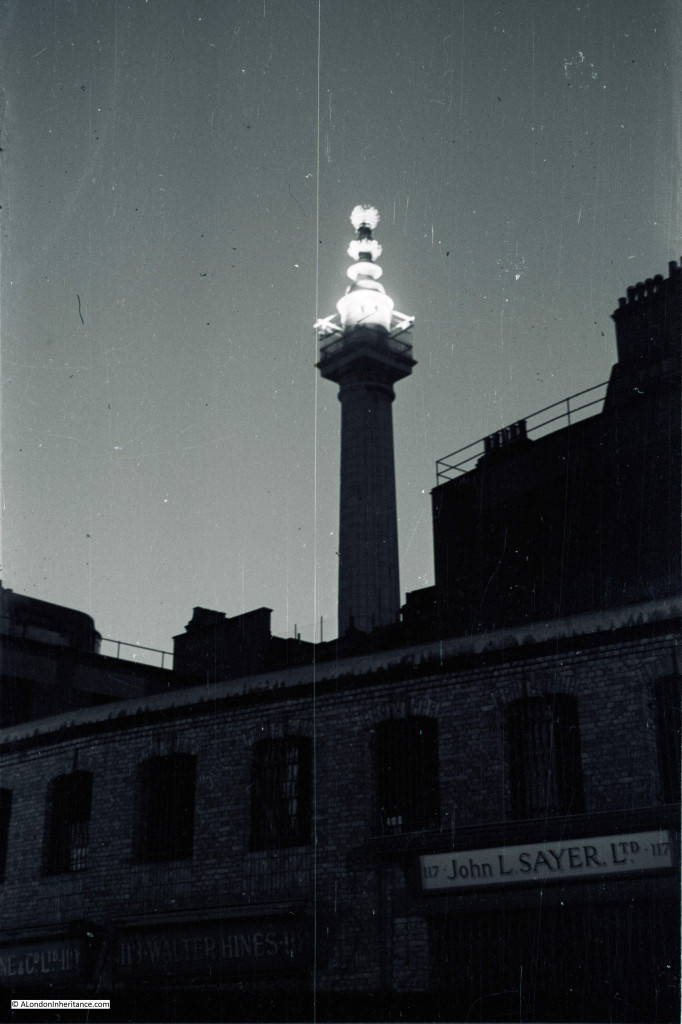The photos from Hungerford Bridge for last Sunday’s post were part of a walk over the New Year from Tower Bridge to Westminster. I sometimes think that at this time of the year, London looks better after dark than during the short, grey days when a low sun and cloud cover conspire to subdue the city. Having said that, a sunny winter’s day brings out all that is best in the city.
I also take plenty of photos, because the city keeps changing, and because I just find all aspects of the city fascinating. For a mid-week post, here is a selection showing just how good the city looks when the grey sky is hidden by the dark of night, and the lights are on across London.
I started on the south bank of the river, looking back at Tower Bridge:
And across to the Tower of London:
The ever growing number of office towers in the City:
London seems to have hit peak Christmas Market, and now wooden sheds selling vaguely Christmas related products can be found anywhere across the city where high footfall and tourists are likely to congregate. Along the south bank, they start near Tower Bridge and can then be found dotted along the route to the London Eye.
Hay’s Galleria, the old Hay’s Wharf with more Christmas market themed shops.
Themed sculpture trails have been a trend of the last few years, and this year London Bridge City (another trend whereby areas of the City are given brand names to promote a sense of identity, usually by the corporations who own large areas of the city) are hosting a sculpture trail where twelve of Raymond Briggs Snowman characters have been individually decorated to represent the twelve days of Christmas.
The is “A Partridge in a Pear Tree” by Jodie Silverman:
Crossing London Bridge, it was down into Borough Market. Very quiet at this time of the evening, with the majority of stalls packing up, although hot mulled wine was still available.
Brightly lit interiors contrast with the dark of the exterior arches.
Borough Market:
Taking a photo of someone else taking a photo – Monmouth Coffee in Stoney Street by Borough Market:
Pubs always look very welcoming at this time of year – the Market Porter on the corner of Stoney Street and Park Street:
The Anchor, Bankside:
Many of London’s bridges are now part of the Illuminated River project where the intention is to light up each bridge with a unique lighting scheme from the Albert Bridge to Tower Bridge. Many of the inner City bridges have been completed and the aim is to complete the rest during 2020.
This is Southwark Bridge:
A good place to view the project is where multiple bridges can be seen at the same time. The following photo is looking back at Southwark Bridge, Cannon Street Railway Bridge and London Bridge.
The Illuminated River project will be in place for 10 years, after which the lighting and associated running and maintenance costs will be transferred to the bridge owners.
The changing light schemes across multiple bridges does focus the attention on the river rather than the surrounding buildings which is good.
A short distance along are the buildings that are part of the Globe Theatre complex on the corner of Bankside and New Globe Walk. Very different to the Emerson Wharf building that once stood on the site.
Entrance to Blackfriars Station on the south bank of the river:
Passing Blackfriars Bridge and this is the view looking over to the north bank of the river:
The three cranes are part of the construction site for the Thames Tideway Tunnel, which will also be one of the intercept points between the existing sewage system and the new tunnel.
On the right is the Unilever Building. The illuminated building in the centre is the old City of London School.
Further along we come to the South Bank complex, and here is a good point to look back towards the lights of the City, framed by the Oxo Tower on the right and St Paul’s Cathedral on the left.
Fast food on the South Bank:
South Bank walking:
The night and lighting softens the architecture of the buildings along the South Bank. This is the National Theatre:
Evening book browsing and selling under Waterloo Bridge:
The South Bank has many restaurants, and during the Christmas period, these dining pods are a colourful addition:
Opposite is the under croft of the Queen Elizabeth hall which from 1973 has been used for skateboarding:
Threatened with closure in 2013 / 2014, the space has been saved and refurbished and continues to offer a long term space for skateboarding on the South Bank.
Possibly a bit optimistic for mid -winter is this ice cream van:
Illuminations between the Royal Festival Hall and the river:
From here, I crossed over the river to take the photos from the Golden Jubilee Bridge for last week’s post, then continued up to just north of Trafalgar Square, where the London Coliseum looks impressive after dark:
Seven St Martin’s Place is between the church of St Martin in the Fields and William IV Street and faces the Edith Cavell Memorial. Back in July i wrote a post about the building which at the time was undergoing conversion to a hotel.
That conversion now appears to be complete and the hotel open.
One of the reasons for my interest in the building was the future of the sculptured panels on the facade of the building facing St Martin’s Place. These panels were the work of Hubert Dalwood, a sculptor in the Modern British movement.
The conversion looks complete and I am really pleased that the panels are in their original position, and look to continue to decorate the building in its new function.
Whilst much of the West End was relatively quiet, Leicester Square was busy, with the central square being occupied with another Christmas Market (further confirming that London must by now have reached peak Christmas market).
Brightly lit market stall in Leicester Square:
The surroundings of Leicester Square were full, and the area continues as a centre for the brands that attract the tourist trade.
In the following photo, a reminder of the old Swiss Centre is in the centre, with the M&M store on the right.
Directly opposite is the Lego Store, and whilst walking between the two stores you can still get your portrait drawn.
Trying to avoid the crowds, I headed down Waterloo Place, across the Mall, then into Horse Guards Road, and there was not a person in sight.
Apart from a single walker, I did not see anyone whilst walking the full length of Horse Guards Road between the Mall and Birdcage Walk.
An empty Horse Guards Road:
Westminster was the destination of the walk from Tower Bridge and here Westminster Abbey was looking impressive against a dark sky. Again, the area was deserted apart from a couple of people looking in the window of the closed visitor centre.
And then it was back to Westminster Underground Station. Although this was a walk along what could be described as the tourist focused areas of the city, it is always a pleasure to walk alongside the river, and it is fascinating to see how London is evolving.
Also, London does look really good after dark.

